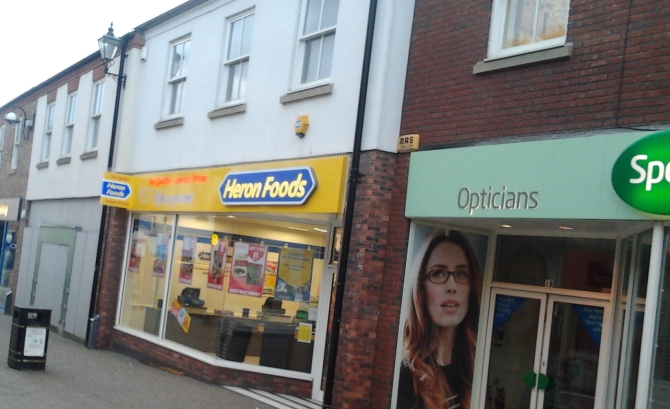A new report by the Future High Streets Forum, in association with Southampton University, claims that Britain’s ‘convenience culture’ could prove to be the key to transforming struggling town centres.

The report, called “one of the most definitive studies into consumer habits ever conducted in Britain” indicates that the presence of convenience stores on the high street has encouraged shoppers to frequent their local town centres rather than making the journey to larger superstores in out of town retail parks.
As consumers have begun to favour small, “top up” shops to a large weekly or fortnightly grocery binge, this trend has seen brands such as Tesco and Sainsbury’s expand their convenience networks– strengthening the offer on the high street and reducing the number of unoccupied properties.
According to the report; “Convenience retail in town centres and high streets, both independently and corporately owned, has experienced significant growth over the past 15 years, a growth sustained during the economic crisis and subsequent period of austerity.
“New relationships are being established in town centres and high streets, creating opportunities and contributing to their resilience.”
The report also forecast that, over the next five years, the presence of convenience stores will grow yet further to reflect the changing demands of consumers. This, it claims, will see convenience stores account for 25 per cent of the grocery market by 2019 – by contrast, market share for large superstores will fall from 42 per cent to just 34.9 per cent during the same period.
The report also highlights other factors that may improve the fortunes of the high street. Many retailers have found that incorporating technological advancements into their business plans has had a positive effect on sales, with the authors predicting that by 2019 70 per cent of shoppers will choose to use click and collect services rather than risking missing a delivery when shopping online.
Finally, the report claims that the “leisure aspect of shopping trips is a significant driver of footfall”, noting that high streets which contain a range of bars, restaurants and cafes have seen both dwell times and average spending by consumers lift significantly since the end of the recession. In the same vein, leisure, health and beauty chains are increasingly choosing to expand their presence on the high street due to an uptick in consumer interest – something which the report believes will continue on into the long term.
New high streets minister, Penny Mordaunt, believes the report points towards an overall bright future for town centres, saying; “This report shows our high streets to be adaptable, creative and resilient.”
Previous Post
Business Park deal demonstrates strength of M42 Market